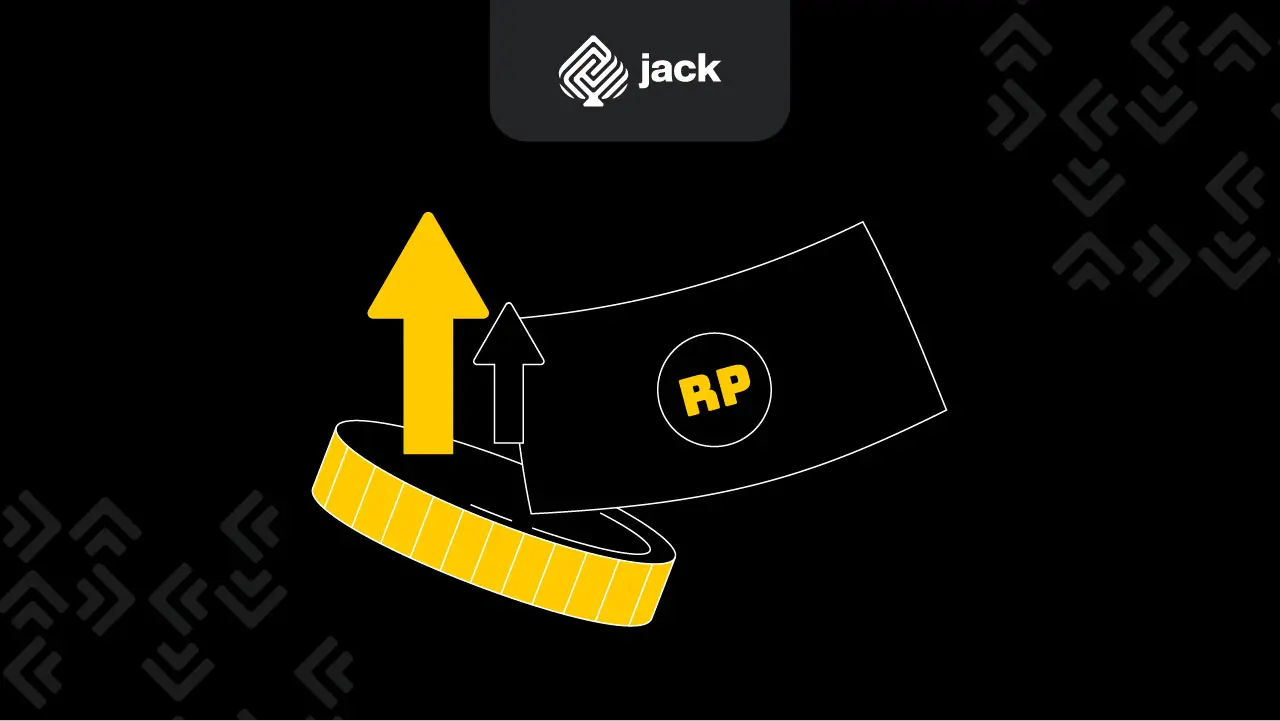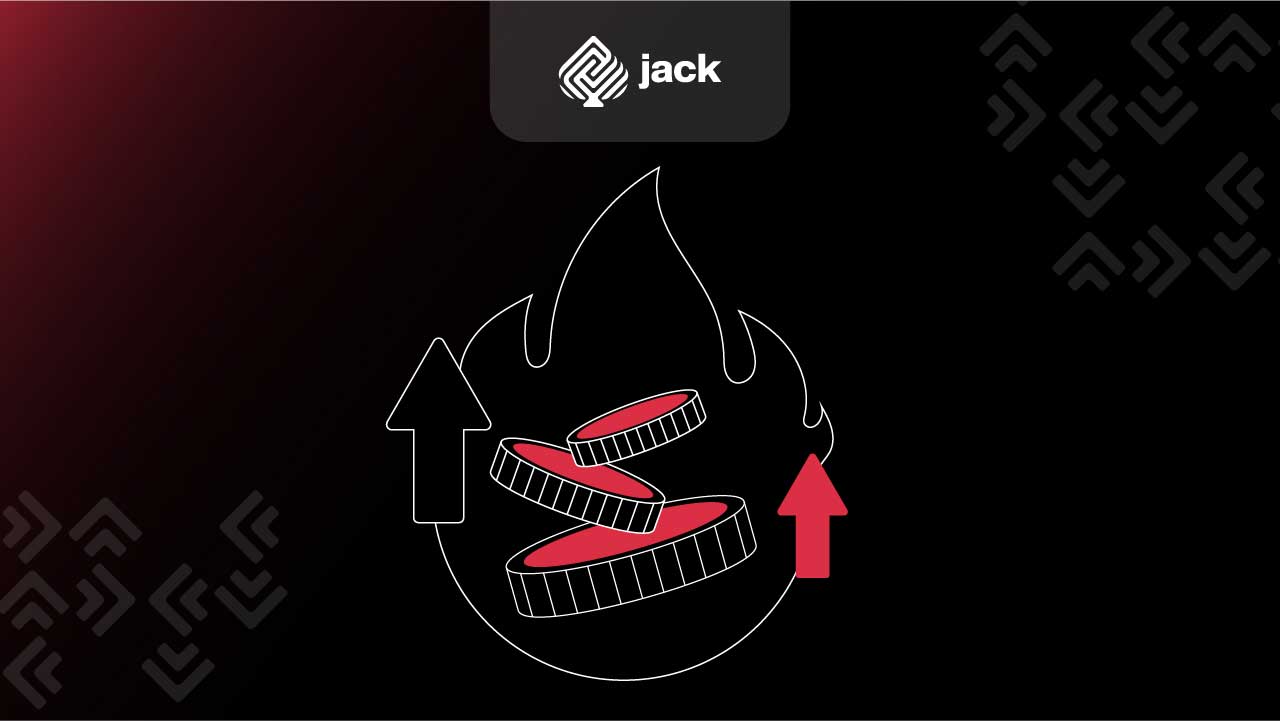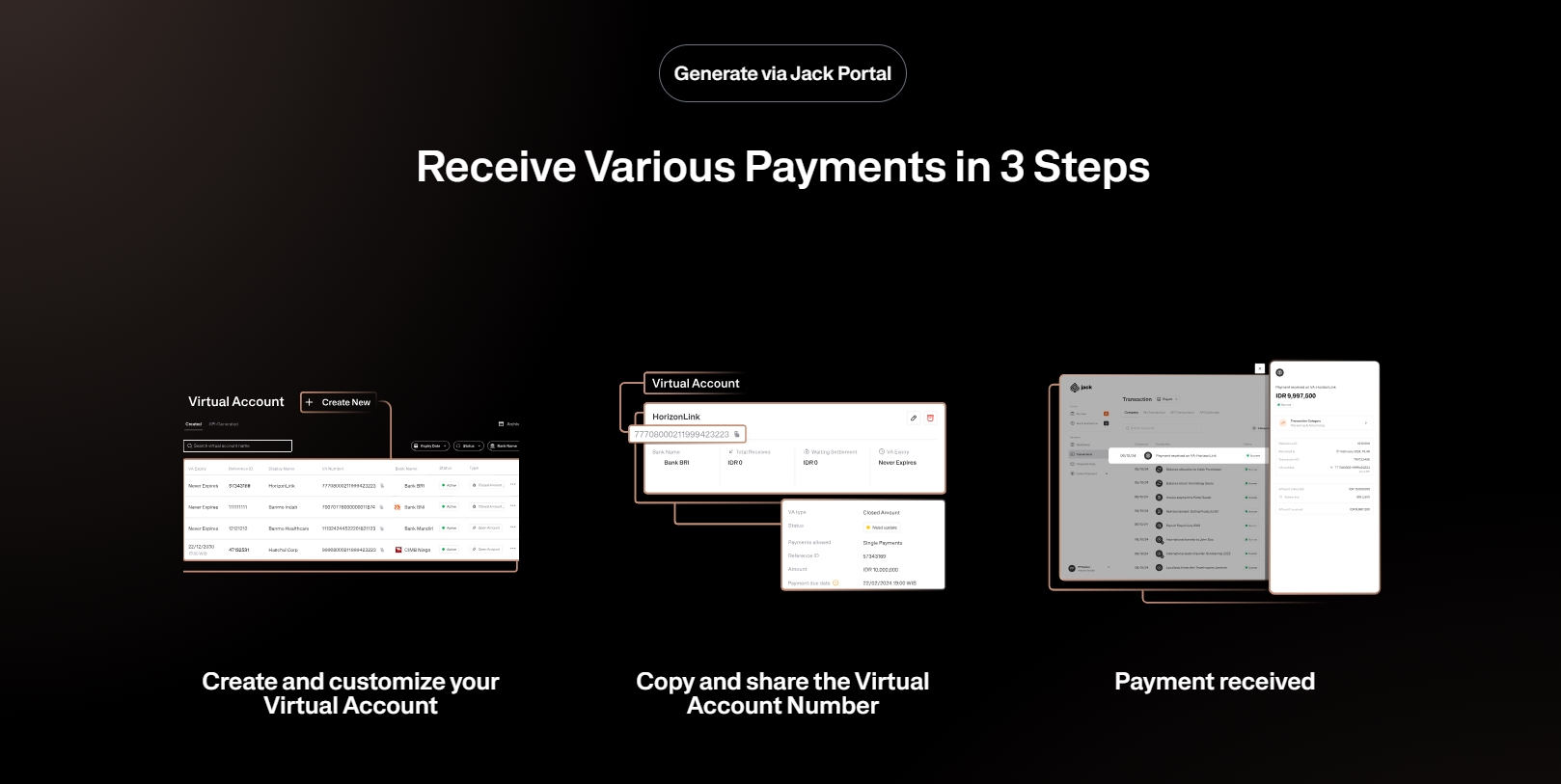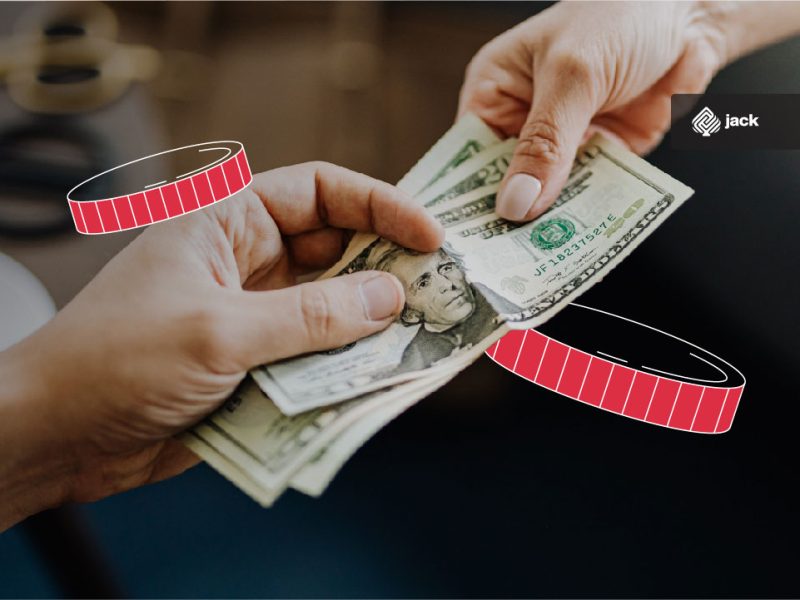In today’s increasingly connected global business world, the need to send funds abroad quickly and securely has become more crucial. One of the most frequently used methods for this purpose is a telegraphic transfer. You may have heard of this term, or even used it before, but might not fully understand how it works.
This article will help you understand that a telegraphic transfer is an international electronic transfer solution that can greatly support your cross-border business operations.
Read also: Things You Need to Know Before Making an International Transfer
What Is a Telegraphic Transfer?

A telegraphic transfer (TT), also known as a telex transfer or T/T, is an electronic method of sending money from one bank to another overseas. Although the term comes from the era when transfers were done via telegraph machines, the process is now much more modern, using networks like SWIFT (Society for Worldwide Interbank Financial Telecommunication).
Check SWIFT/BIC codes easily with Jack’s SWIFT/BIC Checker
Even though the technology has evolved, the term “telegraphic transfer” is still commonly used, especially in countries like the UK, Australia, and New Zealand. In essence, it’s a reliable method for sending funds internationally in a secure and professional way. It’s ideal for businesses dealing with large amounts and international partners.
Spend with Flexbility, Anywhere with Jack
How Does a Telegraphic Transfer Work?
A telegraphic transfer works by sending information from the sending bank to the receiving bank through an international electronic network. This process often involves intermediary banks, also known as correspondent banks.
The general process is as follows:
- The sender provides full details to the bank, such as the recipient’s name, account number, SWIFT code, and the destination bank’s name.
- The sending bank sends instructions to the correspondent bank via the SWIFT network.
- The correspondent bank forwards the funds to the destination bank overseas.
- The funds are finally deposited into the recipient’s account.
The process usually takes between one to four business days, depending on the destination country, the currency involved, and the internal policies of each bank.
Cost Components in Telegraphic Transfers

“Why are telegraphic transfers so expensive?”
The answer lies in the several cost components involved in every international transaction, such as:
- Sending fee charged by the originating bank
- Receiving fee charged by the recipient’s bank
- Currency conversion fee, typically a 1–5% markup
- Intermediary bank fees if multiple banks are involved in the transfer
That’s why it’s important for businesses to understand the total cost, not just one side of it, to avoid surprises in their account balance.
Advantages of Using Telegraphic Transfer

Even though it’s not always the cheapest option, TT remains the most widely used method for global business transactions due to the following reasons:
- High security via the SWIFT network
- Large transfer limits, perfect for B2B transactions
- Broad international coverage
- Flexibility and accessibility via internet banking
Drawbacks and Risks to Watch Out For

No system is perfect, including TT. Here are some things to be aware of:
- Relatively high fees, especially for small amounts
- Processing time is not instant, can take 1–4 business days
- Data entry errors can result in delayed or held funds
- Limited real-time tracking, unless using special bank features
When Should You Use a Telegraphic Transfer?

Use a telegraphic transfer if:
- You need to send large sums of money abroad
- The transaction is official and requires strong proof of payment
- Your international business partners only accept bank transfers
- No alternative services are available in the destination country
Read also: Corporate Card: Definition, How it Works & Benefits for Startups
Preparation Before Making a Telegraphic Transfer

To streamline the process, make sure you’ve prepared:
- Recipient’s name and address
- Bank name and full address
- SWIFT code or IBAN
- Account number
- Currency
- Purpose of the transfer (e.g., payment, refund)
Double-checking the data is crucial because any errors could delay the funds or cause them to get lost.
Tips to Save Money on International Transfers
International transfer fees, especially via telegraphic transfer, can add up quickly if not properly calculated. But don’t worry, here are some smart ways to save:
- Compare service fees and exchange rates across providers
Some banks charge fixed fees, others charge percentages. Exchange rate differences, even small ones, can have a big impact on large transfers. - Use banks with direct relationships (correspondent banks) with the destination bank
Banks with direct links usually process transfers faster and cheaper by avoiding multiple intermediaries. - Send funds in the recipient’s local currency
Sending in a different currency may cause the receiving bank to convert at a less favorable rate. Sending in the local currency minimizes double conversions. - Avoid international holidays and weekends
Transfers made right before a weekend or holiday in the destination country often face delays. This can make the transaction longer and more costly due to exchange rate changes.
Use Jack for Your Business Finance Needs
Telegraphic transfer is indeed one of the most common methods for making international payments in an official and secure way. But if you’re looking for a more practical, faster, and more controlled solution without the hassle of complex bureaucracy or hidden fees, Jack is here as your trusted partner. With Jack International Transfer, your business can manage overseas payments more efficiently, transparently, and cost-effectively.
Jack streamlines the transfer process with a clean approval flow system, real-time reporting, and a user-friendly interface. It’s not just about sending money abroad, but also about building a more modern and structured financial foundation for your business. Register your company today and start managing international transfers the smarter way with Jack.






